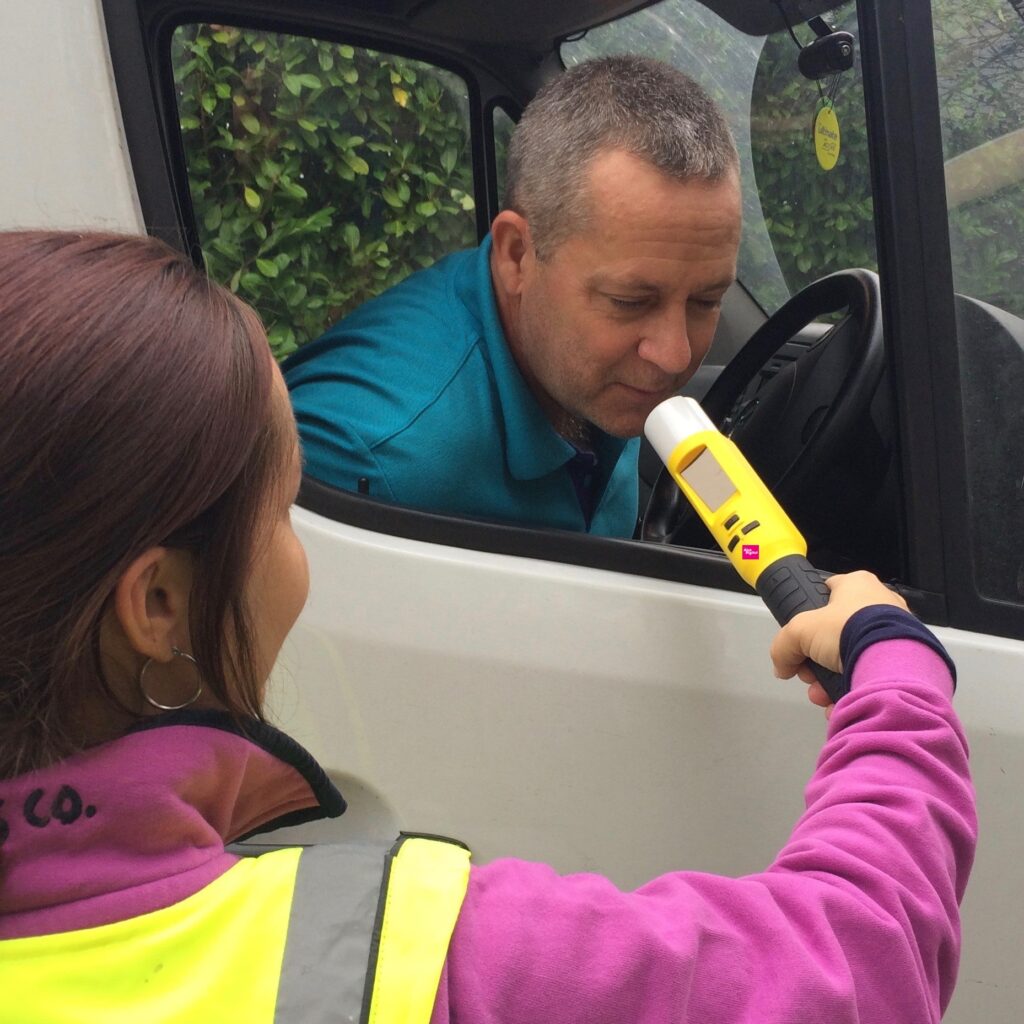Testing, testing: Why businesses have a unique opportunity to focus on employee health

Employee safety has always been the responsibility of the employer. The Health and Safety Executive (HSE) states:
“You could be breaking the law if you knowingly allow drug-related activities in your workplace and you fail to act. It is just as important to know the implications to both your employees and business of not tackling drug misuse, particularly where safety is involved”.
Greater acceptance of testing in principle
During the COVID-19 pandemic, health and safety has never been more important. But how has COVID testing affected the way organisations and employees feel about other types of health screening?
Research suggests that employees are more receptive to workplace alcohol and drug screening as the principle of widespread testing becomes an accepted part of everyday life. Indeed, breath testing for alcohol, and saliva testing for other drugs seems far less invasive than the combined oral/nasal swab required for a COVID test.
It’s clear that employers now have a unique opportunity to define their alcohol and drug testing procedures.
A strong case to continue with testing
Over the past year, many companies and organisations paused or scaled down their alcohol and drug testing operations – either because staff were not in the workplace due to lockdown, or because of hygiene and safety concerns.
However, with the correct hygiene procedures in place, it’s possible to test employees for drugs and alcohol in a completely Covid-safe way.
It’s worth remembering that workplace drug and alcohol screening protects both employees and wider society and also reduces the impact on other healthcare services.
During the pandemic, police forces continued to test at the roadside for drugs and alcohol using similar safety protocols to those recommended for the workplace. Police reported that more arrests were being made for drug driving than drink driving during lockdown, and in some forces the drug driving figures were up 50%.
Many of those arrested were drivers on their way to work, emphasising the importance of introducing – or reinstating – alcohol and drug screening in the workplace.
Suzannah Robin, an alcohol and drug safety expert at AlcoDigital, said: “Introducing a drug and alcohol testing policy can seem like a huge step, and many employers worry their staff will find the process intrusive.
“Even before COVID, we were able to show that this isn’t the case, and when introduced correctly and sensitively, most staff actually welcome the process. The pandemic has further proved that testing can become an everyday part of life, and the vast majority of employees realise that the goal is safety and protection, not interference or intrusion.”
HSE guidance – consult your employees before taking action
It’s important to speak to staff members or their representatives to gain their views and insights before instigating major changes to health and safety policies. HSE also advises that businesses should educate staff on the effects of drugs and alcohol on overall health.
Screening is particularly appropriate for safety-critical occupations, for example workers using machinery, electrical equipment or ladders, or anyone driving or operating heavy lifting equipment.
But as with COVID-19 testing, staff cannot be forced to take a test. If they are reluctant to comply, the employer should talk through any concerns and try to resolve them but may take disciplinary action if an employee continues to refuse a test.
“Mandatory testing needs to balance an employee’s right to privacy with the overall safety and wellbeing of the workforce,” adds Suzannah Robin. “It’s a balancing act that many have grappled with over COVID testing and vaccination. Employees’ views should always be considered, but ultimately businesses do have the right to take disciplinary action where clear risks have been identified.
“COVID-19 has shown just how adaptable we can be when it comes to protecting our health and wellbeing. There has never been a better time to revisit company safety policies with a view to adding robust alcohol and drug screening programmes into the mix.”





